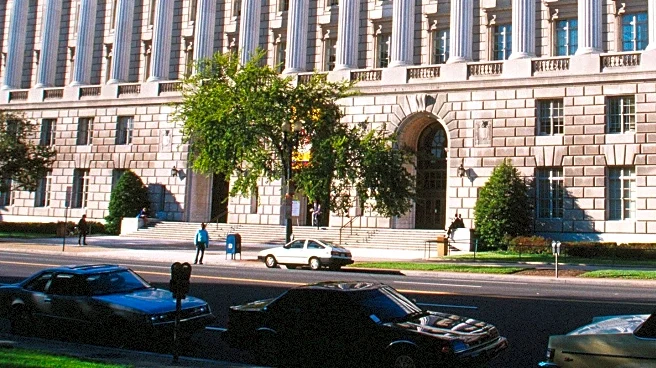What is the story about?
What's Happening?
The FDA has published 89 previously unseen complete response letters (CRLs) as part of its transparency initiative. These letters provide insights into the agency's decision-making process for drug approvals, including reasons for non-approval. The release aims to offer valuable information to industry observers, investors, and companies, helping them understand the FDA's criteria and avoid common pitfalls in drug development. While the CRLs are redacted to protect commercially sensitive and private information, the move has raised questions about potential legal implications and the impact on innovation.
Why It's Important?
The FDA's decision to release CRLs is significant for the pharmaceutical industry, as it provides a clearer understanding of the regulatory hurdles faced by drug developers. This transparency can lead to more informed decision-making and potentially accelerate the development of new therapies. By sharing detailed feedback, the FDA empowers companies to refine their strategies and improve their chances of approval. However, the publication of CRLs may also deter some companies from submitting applications due to concerns about sensitive information becoming public, which could affect innovation.
Beyond the Headlines
The release of CRLs may have broader implications for the FDA's regulatory framework and its relationship with the pharmaceutical industry. It could lead to increased scrutiny of the agency's decision-making process and prompt discussions about balancing transparency with the protection of proprietary information. The move may also influence how companies approach drug development, encouraging them to prioritize compliance and thorough documentation to avoid rejection.
AI Generated Content
Do you find this article useful?














